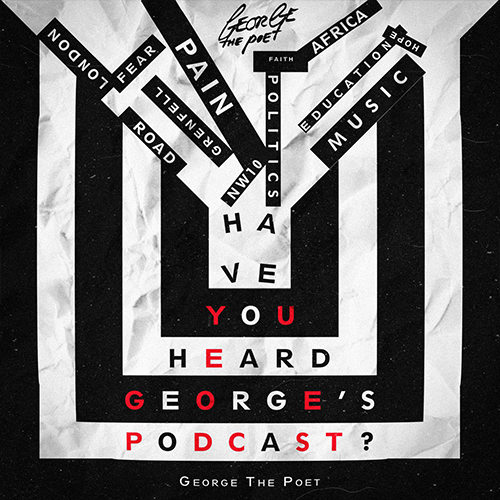The podcast series respects the impact of sound and Benbrick uses original compositions, sound design and the use of binaural audio to support George’s narrative throughout each podcast –
“George is telling such intimate, and real stories, and as a result I have to raise my game as a composer each time. Each chord needs to be considered - there is already power in the words, so my job is to accent it” explains Benbrick.
Speaking more about adopting spatial audio for use within the podcasts Benbrick mentions
“I think it represents a new method of storytelling. If our job as creators is to make people feel new emotions through our art, then we should be open to exploring new ideas. If you can have the instruments represented as characters that can also move around a 3D space, then you can start to paint new mental pictures for the listener.”Getting technical, we asked Benbrick what tools are key to his workflow whilst producing each podcast.
“I write everything in Logic and I’m really into the last two things I picked up from Plugin Alliance… the Brainworx BX_control V2 for adding width to the stereo mix and Dear VR Pro which is great for placing sounds around the listener's head. I use hundreds of Spitfire Audio instruments too - honestly almost everything you hear is probably Spitfire or random Omnisphere expansion packs!”Benbrick’s role is challenging and puts him in both the engineer and producer seats, having to juggle vocal recordings, sound design and underscore –
“We typically end up with around 300 individual tracks for each podcast episode so organisation and keeping on top of things is a challenge. Making sure that things are panned the correct way that make sense, and that moving a track hasn’t also changed/copied some random automation. It’s a challenge, but it’s incredibly rewarding too - you are using your brain all the time.”There is little doubt that the use of binaural audio has helped support George’s brilliant storytelling and helped the first series gain critical acclaim. There also seems to be lots more to look forward to according to Benbrick.
“We are making season two right now, planning for live shows, working out how communities could be governed more fairly in the future, asking what money will look like in 30 years and checking out what Elon Musk is up to”.If you haven’t already, we recommend catching-up on the first season before the second drops! You can find
‘Have You Heard George’s Podcast?’ on all the usual podcast distribution platforms such as Spotify, Soundcloud, Acast and the BBC, as well as
George the Poet's and
Benbrick’s official websites.
If you are interested to read more about spatial audio, the Abbey Road Spatial Audio Forum and our ongoing research in the area
click here to head to our dedicated page.




